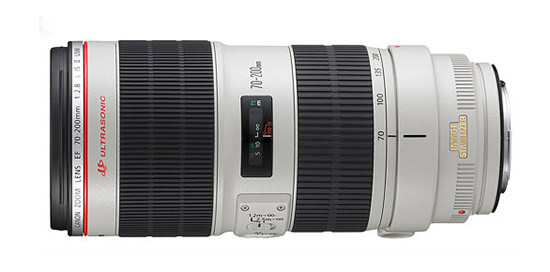Canon Lens Abbreviations
Different manufacturers use very different abbreviations to describe the technology used in their lenses even if the technology itself is quite similar. Some abbreviations can be difficult to understand and easily mixed up. We’ve already covered Nikon lens abbreviations. This article will help you understand Canon lens naming terminology.
اختصارات عدسة كانون
تستخدم الشركات المصنعة المختلفة اختصارات مختلفة جدًا لوصف التكنولوجيا المستخدمة في عدساتها حتى لو كانت التكنولوجيا نفسها متشابهة تمامًا. قد يكون من الصعب فهم بعض الاختصارات ويمكن الخلط بينها بسهولة. لقد تناولنا بالفعل اختصارات عدسات نيكون. ستساعدك هذه المقالة على فهم مصطلحات تسمية عدسات Canon.
Different manufacturers use very different abbreviations to describe the technology used in their lenses even if the technology itself is quite similar. Some abbreviations can be difficult to understand and easily mixed up. We’ve already covered Nikon lens abbreviations. This article will help you understand Canon lens naming terminology.
اختصارات عدسة كانون
تستخدم الشركات المصنعة المختلفة اختصارات مختلفة جدًا لوصف التكنولوجيا المستخدمة في عدساتها حتى لو كانت التكنولوجيا نفسها متشابهة تمامًا. قد يكون من الصعب فهم بعض الاختصارات ويمكن الخلط بينها بسهولة. لقد تناولنا بالفعل اختصارات عدسات نيكون. ستساعدك هذه المقالة على فهم مصطلحات تسمية عدسات Canon.


تعليق